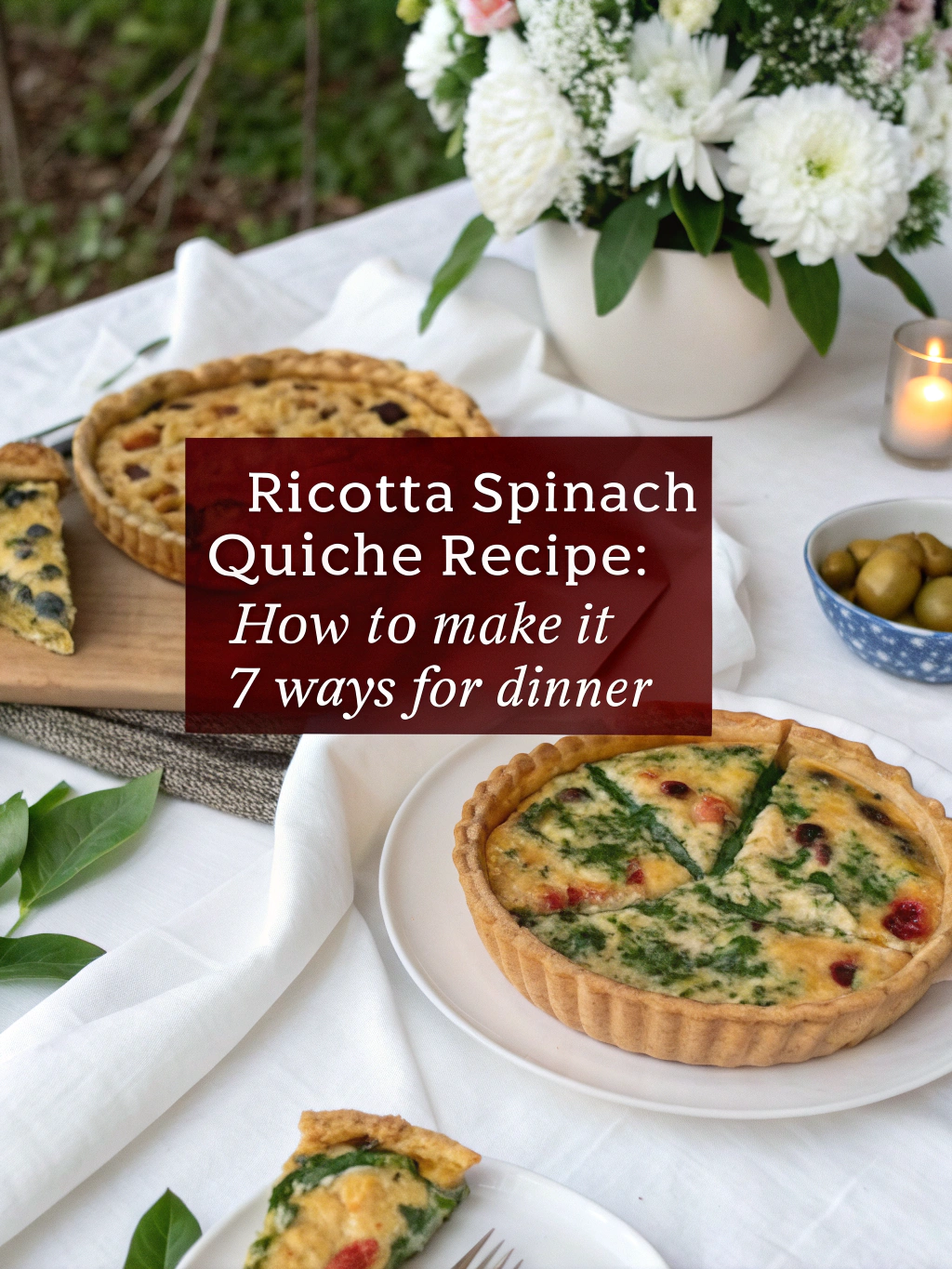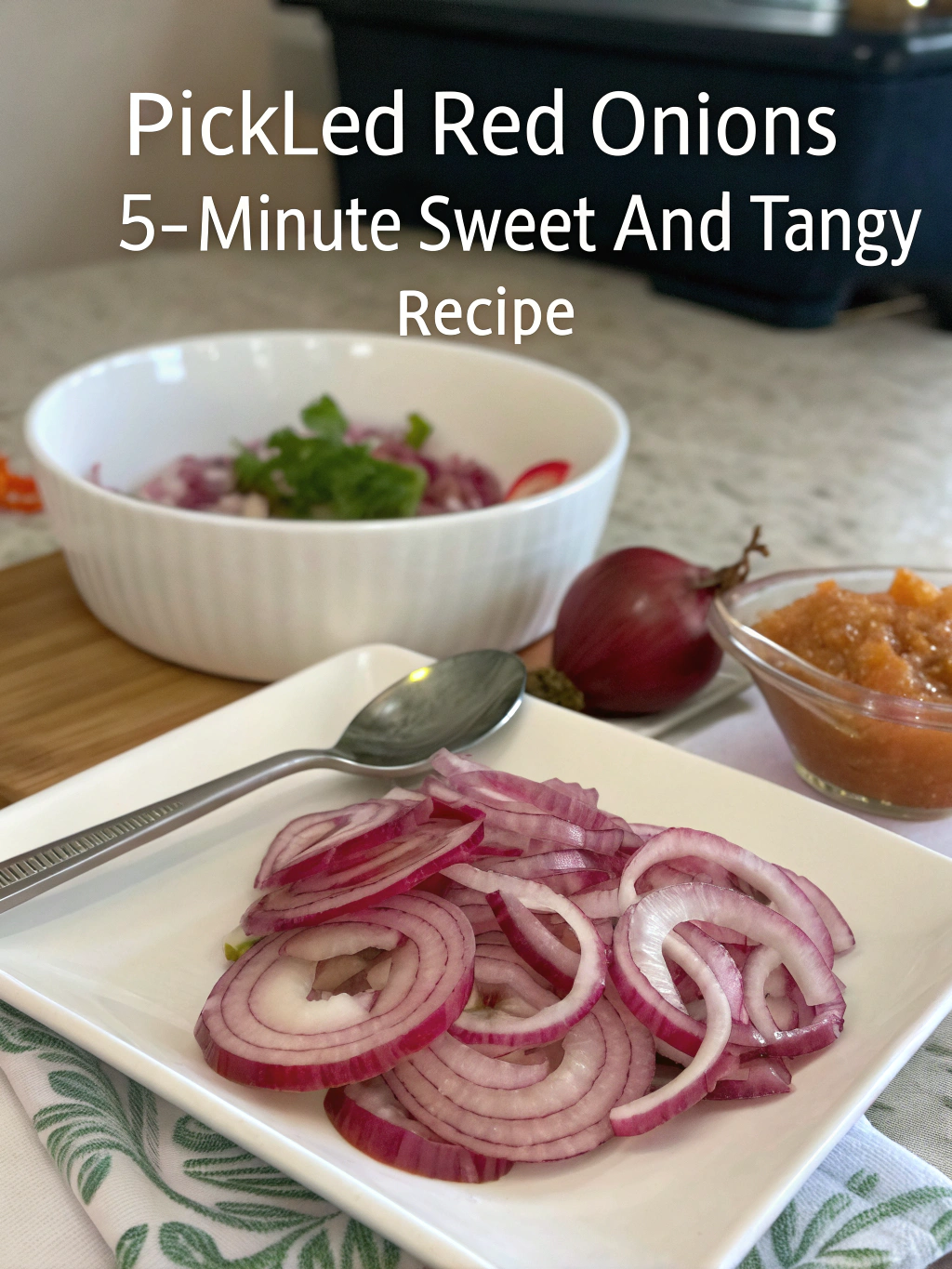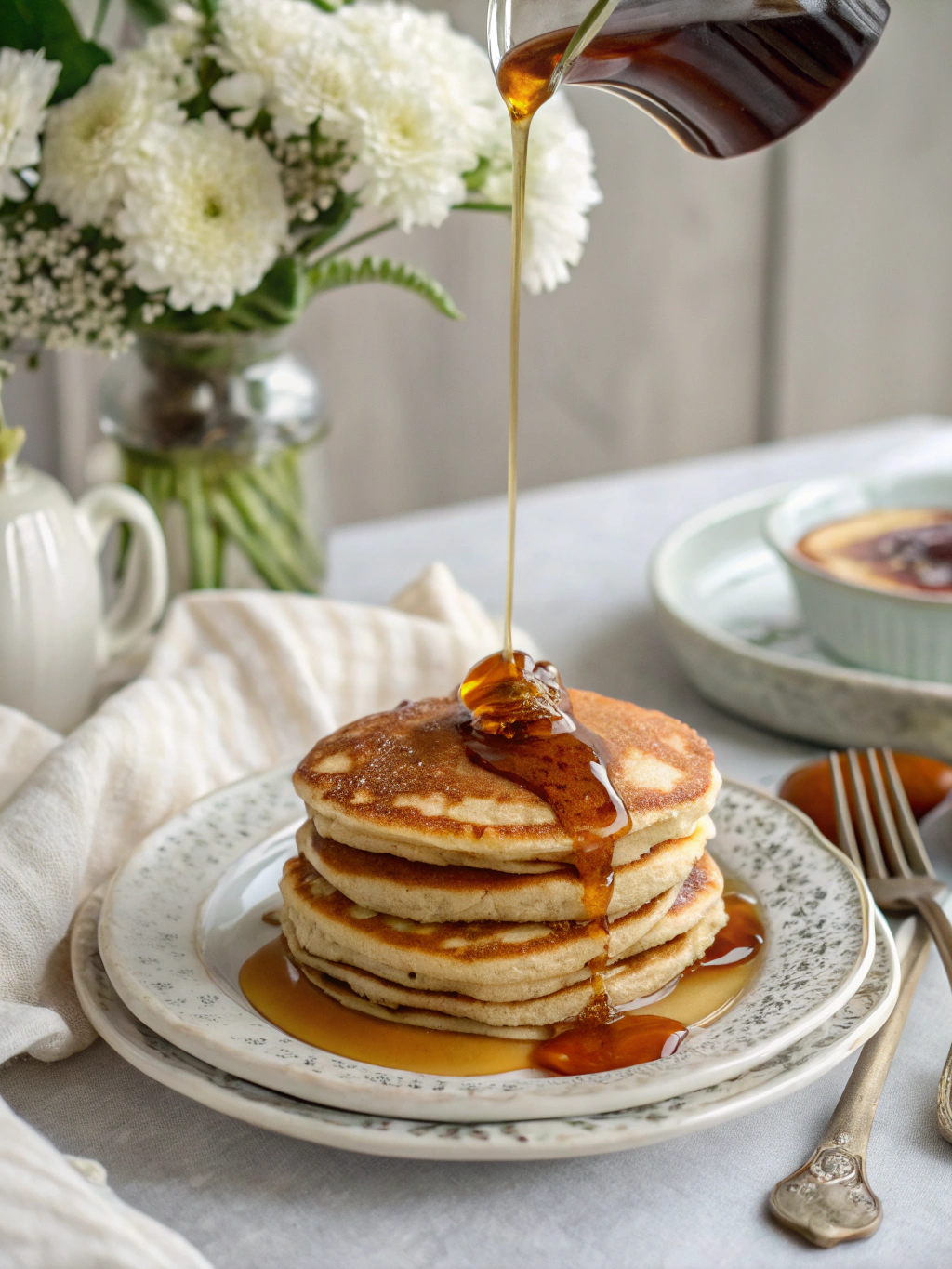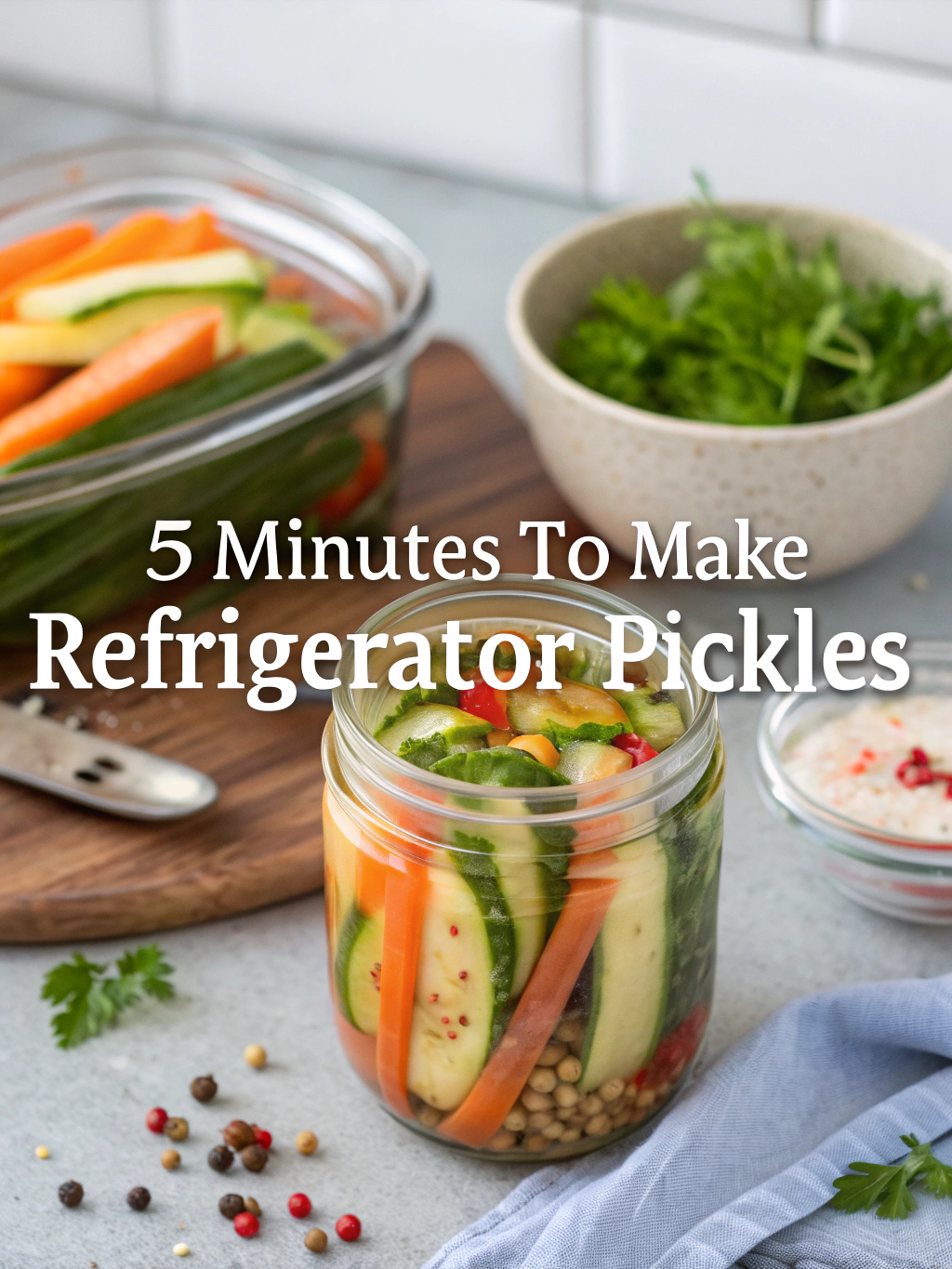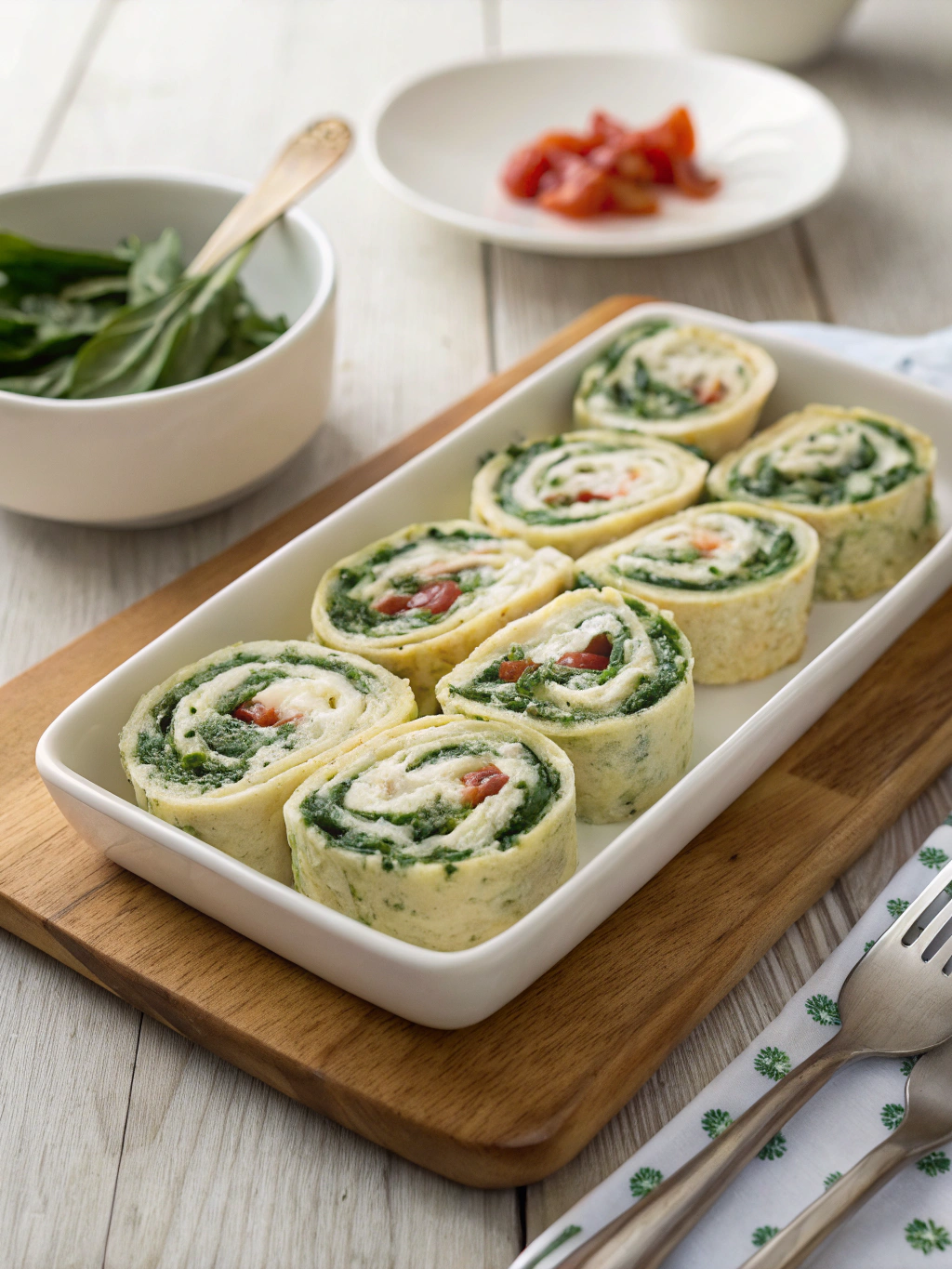
Introduction of Spinach & Ricotta Rolls
Ever wonder why some pastries just sit in your memory, haunting you at random Tuesday afternoons while you’re supposed to be working? I’ve been obsessing over these Spinach & Ricotta Rolls since that bizarre kitchen incident of 2019—the one where my cat knocked over an entire container of flour while I was mid-fold, creating what I now affectionately call a “flour fog.” Despite the chaos (and maybe because of it?), those rolls emerged from my oven with a crackling exterior that I’ve never been able to recreate exactly. I’ve been cooking professionally for 22 years, though if you ask my mother she’d swear I couldn’t boil water until my 30s. The traditional apraoch to these rolls involves boring old rectangles, but I prefer the “spiral-nest” technique—where coils create pockets for the filling to bubble into little flavor explosions. Anyway, these Spinach & Ricotta Rolls are basically foolproof, even if you’re the type who burns toast.
My Personal Spinach & Ricotta Journey
Ya know, I was actually thinking about making baklava yesterday when my brain suddenly detoured into remembering the first time I attempted Spinach & Ricotta Rolls. Total disaster. The filling oozed everywhere, creating what I dubbed the “ricotta river incident” that had me scrubbing the oven floor while fighting back tears of frustration. Margie (my grandmother’s sister’s neighbor) originally showed me her version back in the early 2000s (or was it late 90s?), but her Greek-inspired variation used a phyllo technique that I found too fiddly for Tuesday night dinners.
I’ve since developed this recipe while living in three different climate zones—the humidity in Florida made the pastry behave completely differently than the dry mountain air in Colorado! (Nothing worse than pastry that won’t cooperate because of barometric pressure!)
Sometimes when I’m feeling particularly rebellious, I’ll make these Spinach & Ricotta Rolls with a splash of ouzo—though my partner claims it makes the kitchen smell like “licorice warfare.” The key breakthrough came when I started applying what I call the “squeeze-and-rest” method to remove excess moisture from both the spinach and ricotta… my rolls haven’t been soggy since!
Ingredients You’ll Need
- 2 packs of puff pastry (thawed but COLD—and I mean cold like my ex’s heart) ★★
- 500g (or a Finnegan’s handful) of fresh spinach—the pre-washed stuff is fine, I’m not judging your life choices
- 375g ricotta cheese (the drier the better, none of that watery nonsense)—domestic brands tend to be wetter, so give ’em a good cheesecloth squeeze
- 1 egg + another for egg washing (I sometimes use 3 eggs total because I inevitably drop one on the floor)
- 2 garlic cloves, microplaned or passed through a garlic squisher
- ½ cup feta cheese, crumbied (yes, I just wrote “crumbied”—it’s when you break it up with your fingers while simultaneously making crumb-related puns)
- 1¾ tsp nutmeg (freshly grated will change your LIFE but pre-ground is acceptable if you’re not trying to impress anyone)
- Salt and pepper to taste (and by “to taste” I mean you should actually TASTE IT before rolling)
- 1 lemon for its zest only—save the juice for an emergency G&T
Let’s Make These Spinach & Ricotta Rolls Happen
PHASE ONE: PREPARATION STATION
Drag yourself away from whatever streaming show you’re binging and preheat your oven to 200°C/390°F. Line a baking sheet with parchment—not wax paper, for the love of all things sacred! I once used wax paper and created what I call a “smoke dragon” in my kitchen. While the oven’s heating, wilt your spinach in a dry pan until it collapses into sad green confetti. Cool it completely (patience, grasshopper!) then perform the “Lundberg squeeze”—named after my imaginary Swedish chef mentor who insisted on wringing vegetables like they owed him money.
STEP B – FILLING FORMATION
In a medium-ish bowl, combine your super-dry spinach with the ricotta, feta, garlic, nutmeg, egg, lemon zest, salt, and pepper. Mix until just combined—overmix and you’ll activate the “gummy bear effect” where the texture gets weirdly bouncy. (I learned this the hard way during the infamous dinner party of 2016.) You want the mixture to hold together when pressed between your fingers but not be so wet that it resembles swamp terrain.
[Internal link: If you enjoy these rolls, you’ll absolutely love my Mushroom and Goat Cheese Tarts that use similar techniques!]
STEP 2.5: PASTRY PREPARATION
On a lightly floured surface (and I do mean lightly—flour isn’t confetti), roll out your pastry into rectangles approximately 35cm x 25cm. Don’t obsess over exact measurements unless you’re entering these in a competition—which, actually, reminds me of the time I almost participated in the Regional Pastry Playoffs but got disqualified because of an incident involving an unauthorized dough scraper.
4TH MOVEMENT: ASSEMBLY TIME
Divide your filling into portions that make sense for your pastry size—I typically go for a filling stripe about 3cm wide and 2cm tall along the long edge, leaving a 2cm border. This is where the “Mabel margin” comes into play (my aunt Mabel always said pastry needs room to breathe, though she applied this philosophy to literally everything, including parking her car). Brush the opposite edge with beaten egg to create a seal, then roll the pastry away from you to form a log. Some filling might escape—this is normal and part of the Spinach & Ricotta Rolls experience!
FIFTH AND FINAL: SLICE AND BAKE
Using a sharp knife (not serrated—learned that error during The Great Pastry Massacre of 2018), cut the logs into approximately 5cm pieces. Actually, make that 4cm—the ends always expand more than you expect. Place them on your prepared baking sheet, brush with beaten egg for that magazine-worthy shine, and bake for 25… actually, check at 22 minutes. They’re done when golden brown and audibly crackling—what I call the “pastry applause.”
[Looking for something lighter? Try my Summer Vegetable Frittata for a crustless alternative!]
Recipe Notes & Whatever Else You Should Know
• CONTRARY TO POPULAR BELIEF: Cold filling works better than room temperature! I accidentally discovered this when my doorbell rang mid-preparation and I shoved everything in the fridge for 30 minutes.
★ The “double-freeze technique” – After assembling but before baking, freeze the rolls for 15 minutes. This creates micro-ice crystals that expand during baking, creating extra flaky layers. Conventional wisdom says never freeze uncooked pastry, but Horace (my conspiracy-theory-loving pastry mentor) insisted this was wisdom from “Big Baking” trying to keep home cooks down.
- Storage: These Spinach & Ricotta Rolls stay good for approximately 3 days in the fridge, though they’ve never lasted that long in my house because I apparently have no self-control when it comes to pastry.
• For extra flavor, try the “midnight marinade”—mix your spinach and spices the night before, but add the cheeses right before assembly.
[For expert advice on puff pastry techniques, I highly recommend checking out King Arthur Baking’s Pastry Guide.]
Kitchen Tools I Actually Use for Spinach & Ricotta Rolls
CHEESECLOTH SUPREME ★★★★★
Found this brand at a going-out-of-business sale in 2017 and hoarded 6 packages
Functions excellently for the spinach-squeezing process, though I’ve repaired mine with safety pins
MURDER KNIFE MODEL X ★★★★★
This discontinued Wüsthof has survived three kitchen renovations and one divorce
I sharpen it using an unconventional river stone method my brother learned in Montana
[Internal link: Check out my Essential Kitchen Tools Guide for more recommendations!]
Variations to Keep Your Spinach & Ricotta Rolls Interesting
For those who get bored easily (hi, fellow culinary ADHD friends!), try these variations:
The “Breakfast Revelation” – Add cooked, crumbled bacon and swap the feta for cheddar. Sounds sacrilegious but produces what my friend Tyler calls “morning magic.” I serve these with a fried egg balanced precariously on top.
Mediterranean-ish Version – Replace half the spinach with chopped artichoke hearts and add olives. This variation came to me during a vivid dream after eating too much Greek food and falling asleep watching travel documentaries.
[For more Mediterranean recipes, see my Olive and Feta Bread!]
The Only FAQ That Matters
Q: Why did my Spinach & Ricotta Rolls leak filling everywhere?
A: You’ve encountered what I call “ricotta rebellion.” Unlike what every other recipe tells you, the issue isn’t overfilling—it’s temperature differential. Your filling should be significantly colder than your pastry (though both should be cold). This creates a temporary structural integrity as the butter in the pastry starts to melt in the oven before the filling warms enough to liquify. I discovered this principle (which I’ve named “Thermal Segregation”) after accidentally leaving my filling in the freezer for 20 minutes and noticing dramatically improved results. You’ll know you’ve mastered it when the filling stays put but creates small volcanic eruptions at the cut edges only.
Final Thoughts on Spinach & Ricotta Rolls
Looking back at my journey with these Spinach & Ricotta Rolls, I can’t help but wonder—does pastry have feelings? Do these rolls know how much joy they’ve brought to my Tuesday night dinners? The spiral-nest technique I mentioned earlier continues to be my signature approach, though I’m experimenting with a new diamond-lattice method that I’ll probably mess up spectacularly the first dozen times.
What will you serve alongside your rolls? Will you add herbs I didn’t mention? SO MANY POSSIBILITIES!!!
I’m currently developing a sweet version with cinnamon and ricotta that defies categorization—not quite dessert, not quite breakfast, but definitely a reason to get out of bed.
Remember, as we say in culinary school (which I definitely attended but somehow have no diploma from), “Pastry knows when you’re afraid of it!” Embrace the chaos of these Spinach & Ricotta Rolls, and they’ll reward you with deliciousness.
Until next time, may your spinach never be soggy and your ricotta always cooperative!
—Chef Margo “Butter Fingers” Williams, Runner-up in the 2018 Theoretical Pastry Olympics
Share with your friends!
Categorized in: Sides

